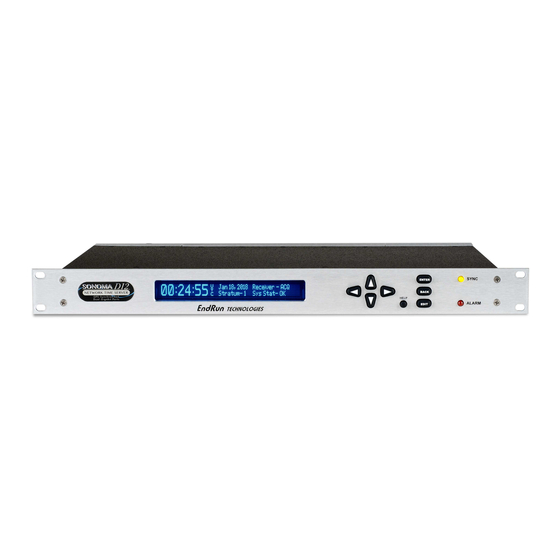
EndRun Sonoma D12 Manuals
Manuals and User Guides for EndRun Sonoma D12. We have 1 EndRun Sonoma D12 manual available for free PDF download: User Manual
Advertisement
Advertisement

Advertisement
Advertisement